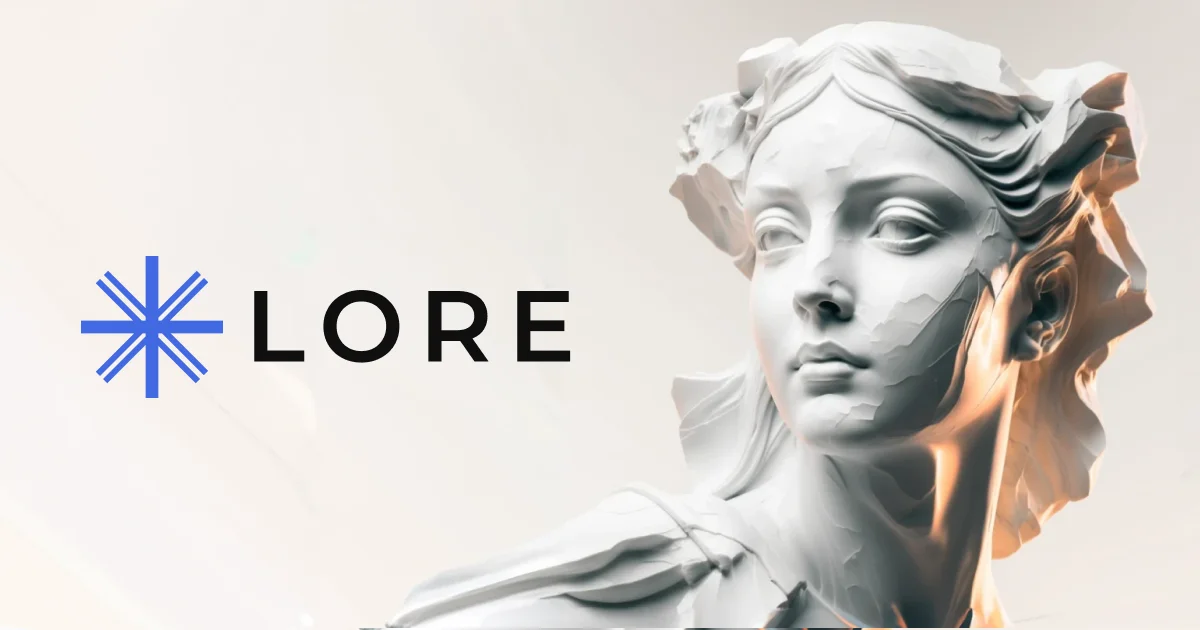Transformers
Revolutionary neural network architecture that uses attention mechanisms to power modern language models
What are Transformers?
Transformers are a neural network architecture that revolutionized natural language processing and artificial intelligence. Introduced in the 2017 paper "Attention Is All You Need," transformers use self-attention mechanisms to process sequential data in parallel, enabling much faster training and better performance on language tasks.
Think of transformers as a fundamentally different way for AI to understand relationships in text. Instead of processing words one by one like reading a book sequentially, transformers can look at all words in a sentence simultaneously and understand how each word relates to every other word. This "attention" mechanism allows the model to focus on the most relevant parts of the input.
Transformers are the foundation of virtually every major AI breakthrough since 2017, including Claude 4, GPT-4, Gemini 2.5 Pro, and countless other language models. They've enabled capabilities from natural conversation and code generation to multimodal understanding, making them the most important architecture in modern AI.
How Transformers Work
Self-Attention Mechanism
The core innovation that allows each word in a sequence to attend to all other words, computing relationships and determining which parts of the input are most relevant for each position.
Multi-Head Attention
Multiple attention mechanisms running in parallel, each focusing on different types of relationships (syntax, semantics, long-range dependencies) to capture richer representations.
Positional Encoding
Since transformers process sequences in parallel, they add positional information to help the model understand word order and sequence structure.
Feed-Forward Networks
Dense neural network layers that process the attended representations, adding non-linearity and additional computational capacity to the model.
Transformer Architecture Components
Types of Transformer Architectures
Encoder-Only (BERT-style)
Bidirectional models that can see the entire input sequence at once. Excellent for understanding and classification tasks.
Decoder-Only (GPT-style)
Autoregressive models that generate text one token at a time, using only previous context. Foundation of generative language models.
Encoder-Decoder (T5-style)
Full transformer architecture with separate encoder and decoder, ideal for sequence-to-sequence tasks like translation.
Vision Transformers (ViTs)
Transformers adapted for computer vision by treating image patches as tokens, rivaling convolutional neural networks.
Key Transformer Innovations
Parallelization
Unlike sequential models (RNNs), transformers process all positions simultaneously, enabling much faster training on modern hardware like GPUs and TPUs.
Long-Range Dependencies
Self-attention allows direct connections between any two positions in a sequence, making it easier to capture long-distance relationships in text.
Scalability
Transformers scale exceptionally well with increased model size, data, and compute, following predictable scaling laws that enable larger, more capable models.
Transfer Learning
Pre-trained transformers can be fine-tuned for specific tasks with minimal additional training, making AI accessible for specialized applications.
Major Transformer Models (2025)
Language Models
- Claude 4 Anthropic
- GPT-4o OpenAI
- Gemini 2.5 Pro Google
- Grok 4 xAI
Specialized Transformers
- BERT Text Understanding
- T5 Text-to-Text
- Vision Transformer Computer Vision
- DALL-E 3 Image Generation
Code & Logic Models
- GitHub Copilot Code Generation
- CodeT5 Code Understanding
- AlphaCode Competitive Programming
- OpenAI O3 Reasoning
Multimodal Models
- CLIP Vision-Language
- GPT-4 Vision Vision Understanding
- Flamingo Few-shot Learning
- DALL-E 3 Text-to-Image
Business Applications
Content Generation & Marketing
Generate marketing copy, product descriptions, blog posts, and social media content at scale while maintaining brand voice and quality standards.
Customer Service Automation
Deploy intelligent chatbots and virtual assistants that understand context, handle complex queries, and provide human-like customer support.
Document Processing & Analysis
Extract insights from contracts, reports, and legal documents, summarize key information, and automate document-based workflows.
Code Generation & Development
Accelerate software development with AI-powered code completion, generation, and debugging assistance across multiple programming languages.
Advantages & Challenges
Key Advantages
- ✓ Highly parallelizable training
- ✓ Excellent long-range dependency modeling
- ✓ Strong transfer learning capabilities
- ✓ Interpretable attention patterns
- ✓ Scales predictably with size and data
Implementation Challenges
- ⚠ High computational requirements
- ⚠ Quadratic memory complexity with sequence length
- ⚠ Requires large amounts of training data
- ⚠ Can be difficult to fine-tune effectively
- ⚠ Potential for generating biased outputs
Future Developments
Efficiency Improvements
Linear attention mechanisms, sparse transformers, and other optimizations to reduce computational complexity while maintaining performance.
Multimodal Integration
Better integration of text, vision, audio, and other modalities within unified transformer architectures for richer AI understanding.
Reasoning Capabilities
Enhanced architectures that better support logical reasoning, mathematical problem-solving, and multi-step thinking processes.
Specialized Architectures
Domain-specific transformer variants optimized for particular tasks like scientific computing, robotics, or real-time applications.
